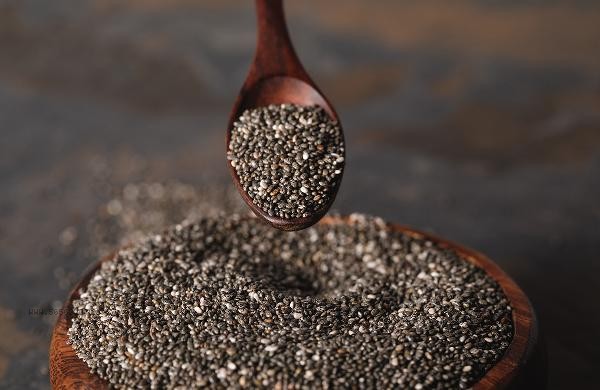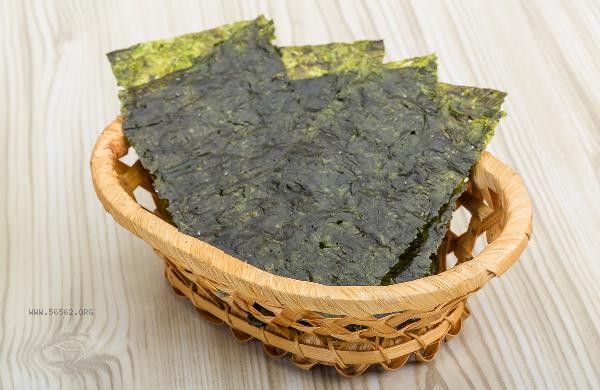The key to storing seaweed for one to two years is moisture resistance, light avoidance, and sealing. There are mainly methods such as low-temperature freezing, vacuum packaging, desiccant assistance, light shielded containers, and regular inspections.

1. Low temperature freezing
Put the dried seaweed into a food grade sealed bag, exhaust the air, and place it in the freezer compartment of the refrigerator. The water in seaweed in a frozen state forms ice crystals, inhibiting microbial growth, while low temperatures can delay fat oxidation. Attention should be paid to avoiding repeated thawing when taking out for use, and seal and put back immediately after each use.
2. Vacuum Packaging
Using a household vacuum machine to remove air from the packaging and isolate oxygen can prevent seaweed from getting damp and losing nutrients. Vacuum packaged seaweed should be stored in a cool and shady place to avoid high temperature environments. This method can effectively block the contact between mold spores and air, especially suitable for thin sheet-like seaweed such as seaweed.
3. Desiccant Assistance
Place food grade silicone desiccant at the bottom of the sealed container, then seal it with seaweed. Desiccant can continuously absorb residual moisture in the container and maintain environmental humidity below 50%. It is recommended to check the color change of the desiccant every month. If it changes from blue to pink, it should be replaced in a timely manner.

4. Avoid light containers
Choose opaque tin cans or dark glass cans to store seaweed. Ultraviolet radiation will accelerate the decomposition of chlorophyll and vitamins in seaweed. The inner wall of the container should be kept dry and clean. After loading seaweed, the bottle cap should be tightly closed and sealed with cling film. This method is suitable for short-term storage of ready to eat seasoned seaweed.
5. Regular inspection
Check the status of stored seaweed every three months to observe if it has become damp, softened, yellowed in color, or has mold spots. If seaweed is found to have a strange odor other than sea odor, or if its texture becomes brittle and fragile, it indicates that it has spoiled and is not suitable for consumption. After inspection, it is necessary to reseal the packaging and replace the desiccant.

Long term storage of seaweed should pay attention to controlling the environmental humidity below 60% and maintaining a stable temperature below 20 degrees Celsius. Can be paired with a dehumidifier to keep the storage space dry and avoid mixing with strongly scented foods such as seafood. It is recommended to bake over low heat before consumption to restore the crispy texture, but it is best to use up the opened seaweed within two months. If clumping or mold occurs during storage, it should be discarded immediately and cannot be consumed again.








Comments (0)
Leave a Comment
No comments yet
Be the first to share your thoughts!